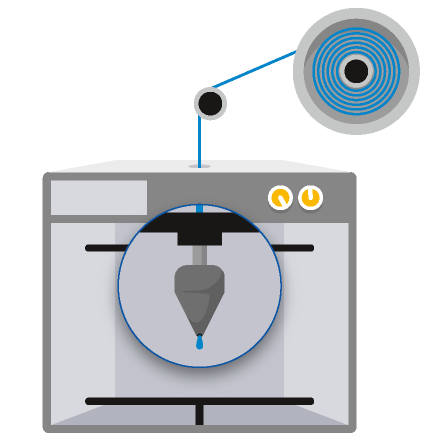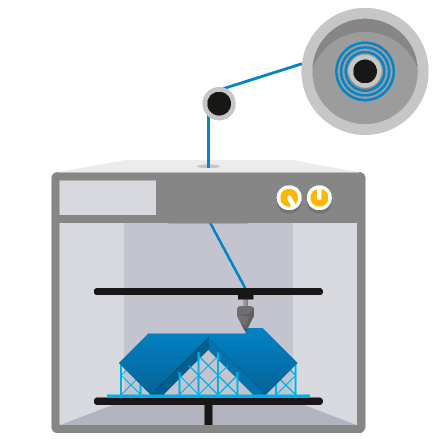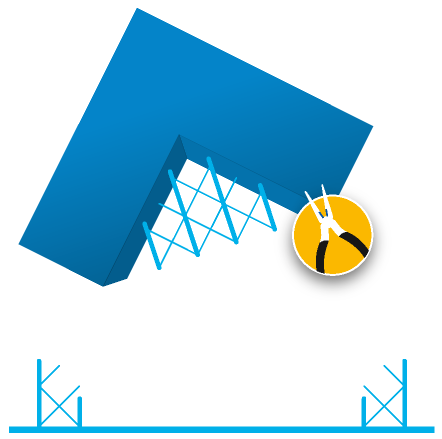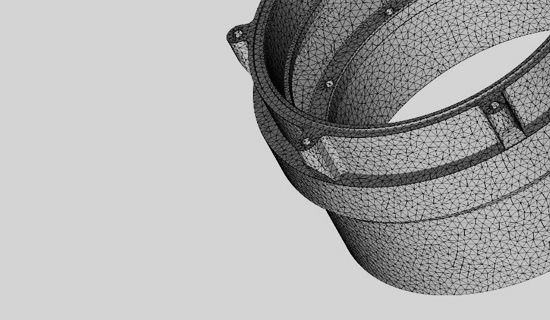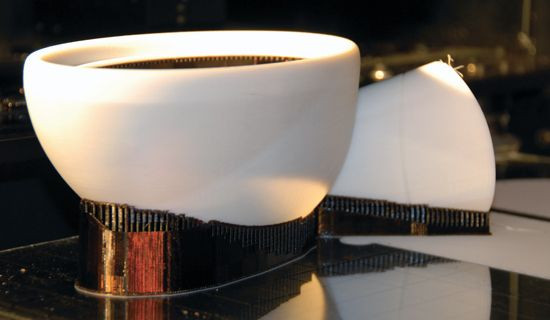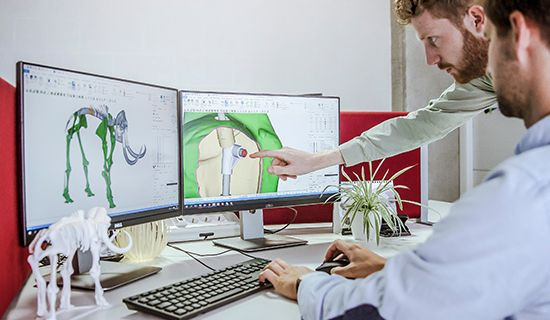ABS is a widely used engineering thermoplastic with high durability. Printed ABS has up to 80% of the strength of injection-molded ABS, making it highly suitable for functional applications. This material is opaque and available in several color options. Applications include snap-fits, end-use components, jigs and fixtures, concept modeling, and testing for form, fit and function.
Technical Specifications
| Standard lead time | Minimum of 6 working days, depending on part size, number of components and finishing degrees (online orders) |
| Standard accuracy | ±0.15% (with lower limit on ±0.2 mm) |
| Layer thickness | 0.25 mm |
| Minimum wall thickness | 1 mm |
| Maximum part dimensions | 300 x 300 x 300 mm (online orders) |
| Interlocking or enclosed parts? | Yes |
| Surface structure | Unfinished parts typically have a rough surface but all kinds of fine finishes are possible. FDM parts can be smoothed, painted and coated |
Datasheet
| MEASUREMENT | VALUE | STANDARD |
|---|---|---|
| Density | 1.05 g/cm³ | |
| Tensile Strength | 22 MPa | ASTM D638 |
| Tensile Modulus | 1627 MPa | ASTM D638 |
| Flexural Strength | 41 MPa | ASTM D790 |
| Flexural Modulus | 1834 MPa | ASTM D790 |
| Notched Izod Impact | 107 J/m | ASTM D256 |
| Unnotched Izod Impact | 214 J/m | ASTM D256 |
| Heat Deflection Temperature | 90°C 76°C |
ASTM D648 @ 0.45 MPa @ 1.81 MPa |
| Elongation at Break | 6% |
Actual values may vary with build condition
How Does Fused Deposition Modeling Work?
FDM is a filament-based technology where a temperature-controlled head extrudes a thermoplastic material layer by layer onto a build platform. A support structure is created where needed and built in a water-soluble material.


